The video camera has come a long way from its humble beginnings to become an integral part of our daily lives. Whether through cinema, television broadcasts, or the smartphone videos we share on social media, moving images are a cornerstone of modern culture and communication. The invention of the video camera was a pivotal moment in technological history, opening the door to countless possibilities in entertainment, news, and personal expression. This article delves into the origins of the video camera, exploring its initial invention, subsequent developments, and the evolution that has led to the sophisticated devices we use today.
The Dawn of Moving Images
The Early Experiments
The journey towards inventing the video camera began with a desire to capture not just still images, but the motion of life itself. Before video technology, there were several significant inventions aimed at creating the illusion of moving images, such as the zoetrope and the praxinoscope. These devices used a series of drawings in slightly varied poses to create the appearance of movement when spun or reflected in mirrors.
Breakthrough with the Motion Picture Camera
The true precursor to the video camera was the motion picture camera, which recorded a sequence of images on a strip of film that could be played back to produce a moving picture. In the late 19th century, several inventors were working on this concept, most notably Thomas Edison and his employee, William Kennedy Laurie Dickson. Edison’s Kinetograph, patented in 1891, is often credited as the first practical motion picture camera, using celluloid film strip to capture images.
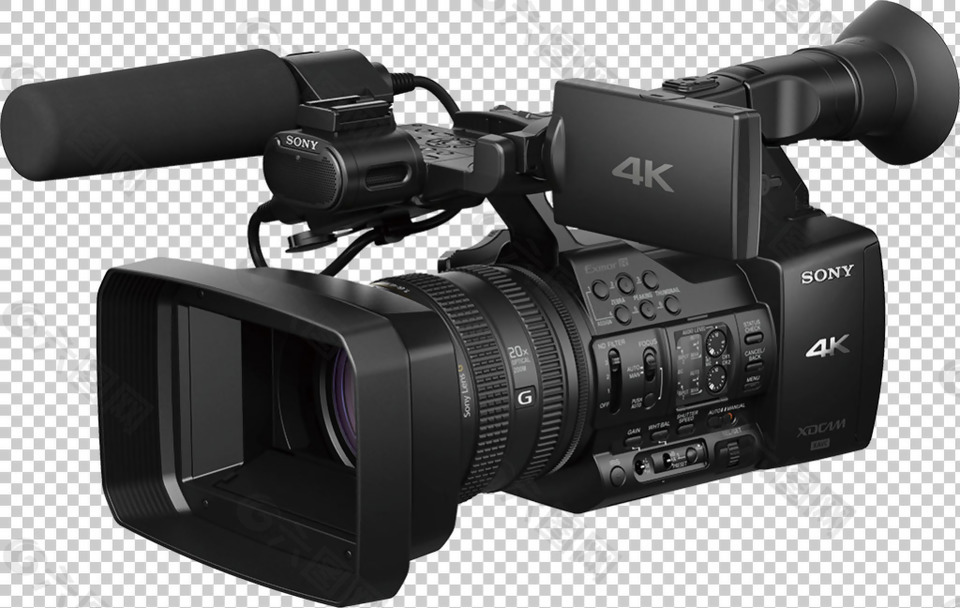
The Advent of Electronic Video Recording
The Mechanical Television Era
The development of the mechanical television in the 1920s marked a significant step toward electronic video capture. Scottish inventor John Logie Baird is attributed with the first demonstration of moving silhouette images by mechanical means in 1925 and then the first demonstration of moving grayscale images in 1926. Baird’s system used a rotating disk with holes arranged in a spiral pattern to scan the image, which was then transmitted to a receiver.
The Transition to Electronic Cameras
The introduction of the iconoscope tube by Vladimir Zworykin in 1923, and the subsequent development of the image orthicon tube, laid the foundation for electronic video cameras. These inventions transformed the camera technology from mechanical scanning methods to fully electronic ones. By the 1930s, electronic television cameras were being produced, and the first live TV broadcast with these cameras took place in 1936 during the Berlin Olympics.
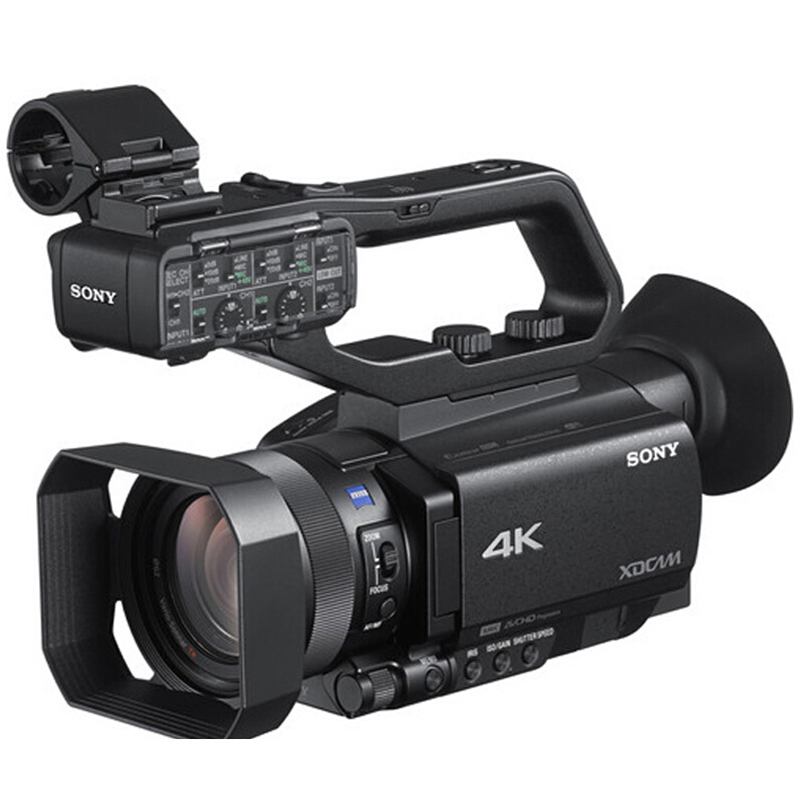
The Video Camera Makes Its Mark
The Portable Video Camera Revolution
The 1960s and 1970s were transformative years for the video camera with the advent of portable models. Sony introduced the first portable video tape recorder (VTR), the Portapak, in 1967. This device enabled users to record and view black and white video, making video recording accessible to the general public and not just professional studios. This newfound portability gave rise to a new era of consumer video usage and changed the landscape of news reporting, allowing journalists to capture events as they unfolded on-site.
Color Video and the Camcorder
Color video technology developed in parallel with black and white systems, but it wasn’t until the 1970s that it became widely available to consumers. Sony again was at the forefront with the introduction of the first color camera with a built-in VCR, known commonly as a camcorder, in 1983. This all-in-one device made video recording more convenient and further expanded the use of video technology in everyday life.
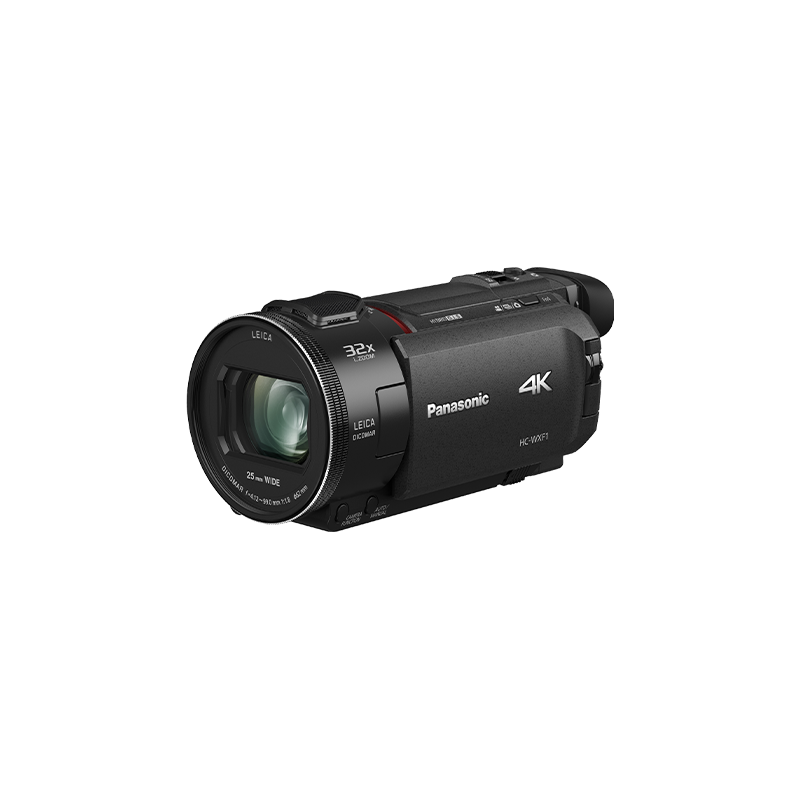
The Digital Age and Beyond
The Digital Revolution
The 1990s marked the beginning of the digital revolution in video recording. Digital cameras and camcorders began to replace their analog counterparts, providing higher video quality, easier editing capabilities, and the ability to easily share videos through computers. The introduction of digital video allowed for the storage and archiving of video files without the degradation that affects analog tape over time.
Smartphones and the Democratization of Video
In the 21st century, the integration of video cameras into smartphones has democratized video recording like never before. High-quality video recording capabilities are now standard in most smartphones, making it possible for virtually anyone to capture and share videos instantaneously. The rise of social media platforms and content streaming services has further amplified the role of video in everyday communication and entertainment.
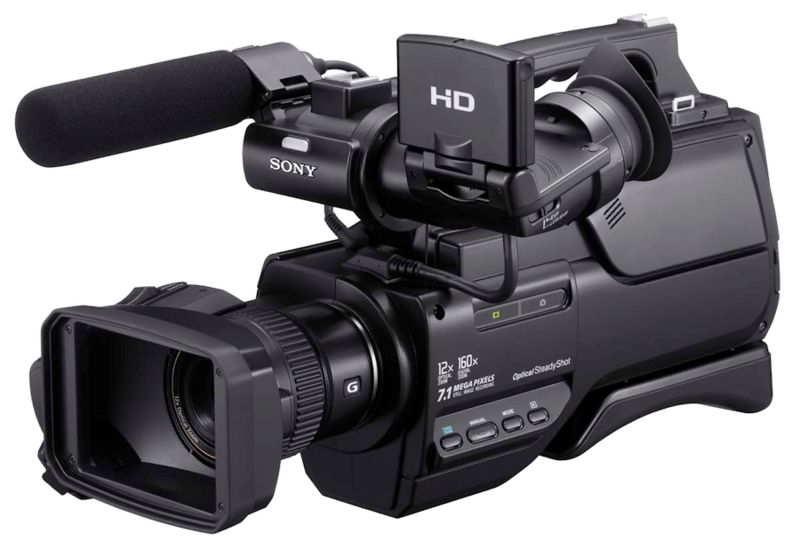
Enhancing Video Technology: High Definition and Beyond
The High Definition Era
As the 2000s progressed, high definition (HD) video became the new standard for both consumer and professional video cameras. HD video offered a significantly higher resolution than standard definition, enhancing the clarity and detail of the footage. This leap in quality was essential for the film and broadcasting industries and equally impactful for home videographers who could now capture their memories in stunning detail. The transition to HD also paved the way for the development of even higher resolutions like 4K and 8K, which continue to push the envelope of visual fidelity in video recording.
Innovations in Video Camera Technology
The constant pursuit of better image quality and more user-friendly features has led to numerous innovations in video camera technology. Today, video cameras come with a plethora of advanced features such as optical image stabilization, face detection, and low-light performance capabilities. Additionally, emerging technologies like 360-degree video recording and virtual reality (VR) are expanding the possibilities of how we capture and interact with video content. As video cameras become increasingly sophisticated, they offer a more immersive and true-to-life recording experience, signaling a new horizon in visual storytelling.
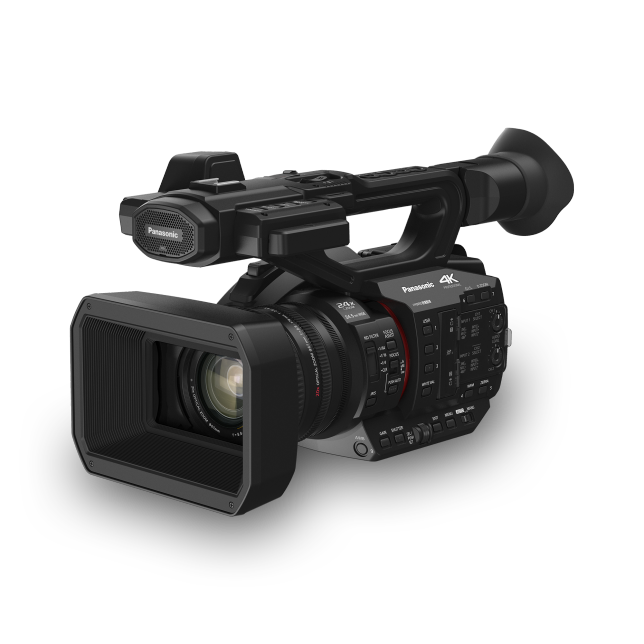
The Future of Video Cameras: Trends and Predictions
Integration of AI and Machine Learning
The integration of artificial intelligence (AI) and machine learning is shaping the future of video camera technology. These technologies enable smart features such as subject tracking, automatic editing, and even real-time translation of sign language. AI-driven cameras can optimize settings for the perfect shot or help in creating content with minimal user intervention. As AI becomes more advanced, we can anticipate video cameras to offer even more intuitive and powerful capabilities, making professional-quality videography accessible to everyone.
The Convergence of Video and Connectivity
Another trend shaping the future of video cameras is the increasing convergence with connectivity technologies like 5G and the Internet of Things (IoT). Faster network speeds will allow for real-time streaming of high-resolution video with negligible latency, opening up new avenues for live broadcasts, remote surveillance, and instant sharing of content. IoT-enabled cameras will interact seamlessly with other smart devices, creating integrated systems for home security, traffic management, and beyond. This interconnectedness promises a future where video cameras are not just tools for recording but essential components of a broader digital ecosystem.
The invention of the video camera was a monumental achievement that has dramatically shaped the way we capture and share our experiences. From the early days of motion picture cameras to the electronic marvels of the television age, and the portable convenience of camcorders to the digital sophistication of smartphone cameras, video technology has continually evolved. It has not only transformed the media and entertainment industries but also influenced social interaction and historical documentation. As we continue to push the boundaries of what video technology can achieve, it’s important to look back and appreciate the innovative steps that brought us here, allowing us to glimpse into history through the lens of the video camera.